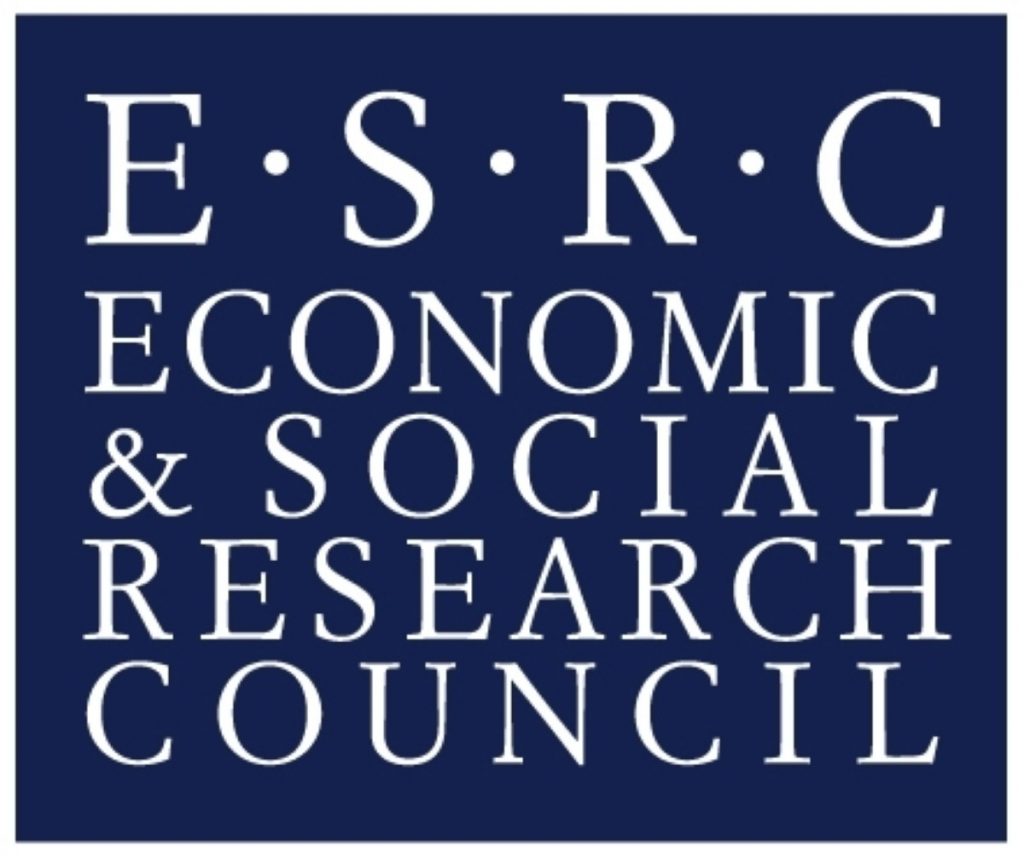ESRC: Hot in the city
Britain is sweltering under the longest heatwave for seven years, with the Met Office declaring a ‘level three’ heatwave warning for London and the South East.
For those especially vulnerable, living in a large urban area such as London can make it even more difficult to escape the heat. This is because the design of buildings and the size of built up areas and spaces directly affects urban temperature, wind, rain and air quality – which in turn influence human comfort and health. New ESRC-funded research highlights the importance of designing our buildings and cities with an awareness of the atmospheric effects they are creating, thus protecting us from future heatwaves.
Buildings trap radiation and disturb the airflow of the winds. Impermeable city surfaces repel moisture, whilst dense construction materials store heat. Machine and human activity adds warmth, dust and pollution, whilst air-conditioning for indoor comfort boosts outdoor temperature levels. While the countryside freely radiates its daily heat after dusk, urban surfaces retain heat long into the night, leading to what is called an ‘urban heat island’. The difference between urban and rural temperatures can reach 10°C.
But if cities create their own complex climates they can also shape them. Urban climatology, the branch of science specialising in cities and their weather patterns, clearly shows that design can make a difference. This interaction between city-building, climate and science is the topic of the ESRC-funded study Climate Science in Urban Design.
Covering the period since 1950, the researchers show how the science has leaped ahead thanks to computerisation, mathematical modelling and new technologies of observation.
The study shows how certain cities, particularly in Germany, have worked with scientists to minimise the effects of the urban heat island by careful analysis and mapping of local climate patterns, followed by specific measures to ensure shade in street canyons, cool the air with vegetation and porous paving, or align buildings and open spaces so land and sea breezes can flow freely for ventilation.
However the authors of the study, Professor Michael Hebbert and Dr Vladimir Jankovic from the University of Manchester found that despite all the technology available to them, most planners build cities without an awareness of the atmospheric effects they are creating.
“The need for this awareness will increase as the effects of global climate change become more pronounced, bringing more extreme fluctuations of temperature, and risks of flooding not only from rivers and rising sea level, but also from downpours that overwhelm urban storm drains and sewers,” says Professor Michael Hebbert.
“Cities which understand and manage their local climate have a head start in responding to global climate change.”
ENDS
For further information contact:
Dr Vladimir Jankovic
Email: Vladimir.Jankovic@manchester.ac.uk
Telephone: 01612755902
Dr Brian Webb
Email: Brian.Webb@manchester.ac.uk
Telephone: 01612756881
ESRC Press Office:
Sarah Nichols
Email: sarah.nichols@esrc.ac.uk
Telephone: 01793 413122
Susie Watts
Email: Susie.watts@esrc.ac.uk
Telephone: 01793 413119
Notes for editors
1. The Economic and Social Research Council (ESRC) is the UK's largest organisation for funding research on economic and social issues. It supports independent, high quality research which has an impact on business, the public sector and the third sector. The ESRC’s total budget for 2012/13 is £205 million. At any one time the ESRC supports over 4,000 researchers and postgraduate students in academic institutions and independent research institutes.
2. Climate Science and Urban Design was a historical and comparative study of applied urban climatology. The time frame was from 1950 to the present. The comparative framework included the seminal work of German and Japanese urban climatologists, as well as the more recent climate policy initiatives of New York City and the City of Manchester.The project was a collaboration between MARC and the Centre for History of Science Technology and Medicine. It was funded by the Economic and Social Research Council (ESRC) Project under grant reference RES-062-23-2134.





-01.png)